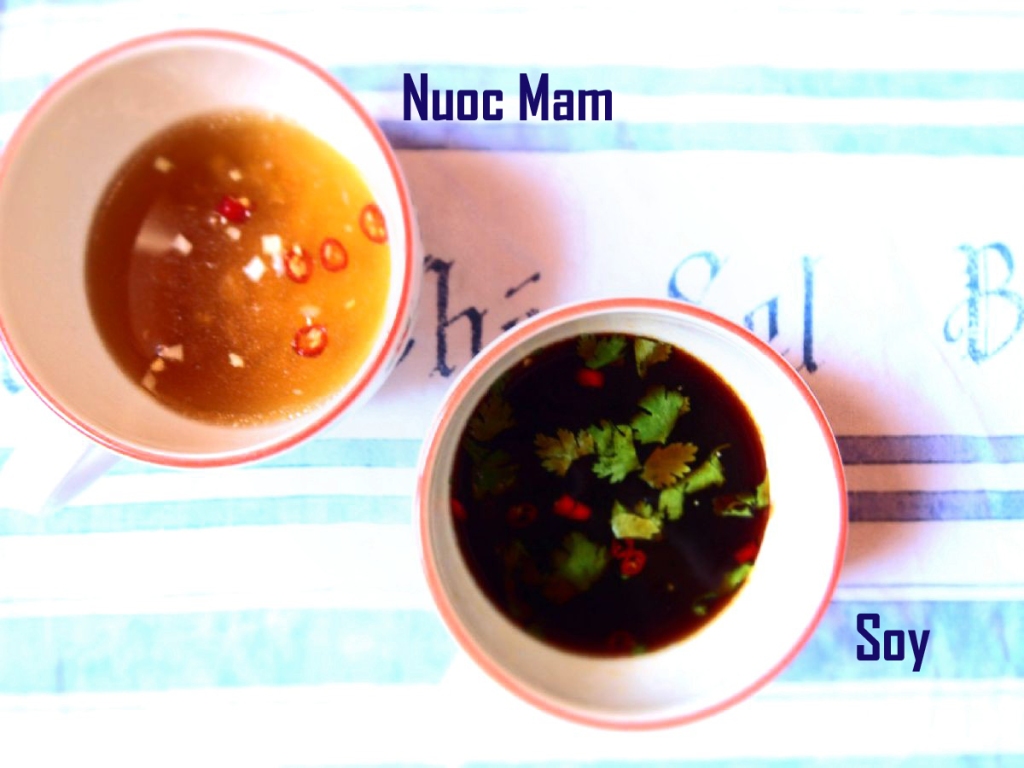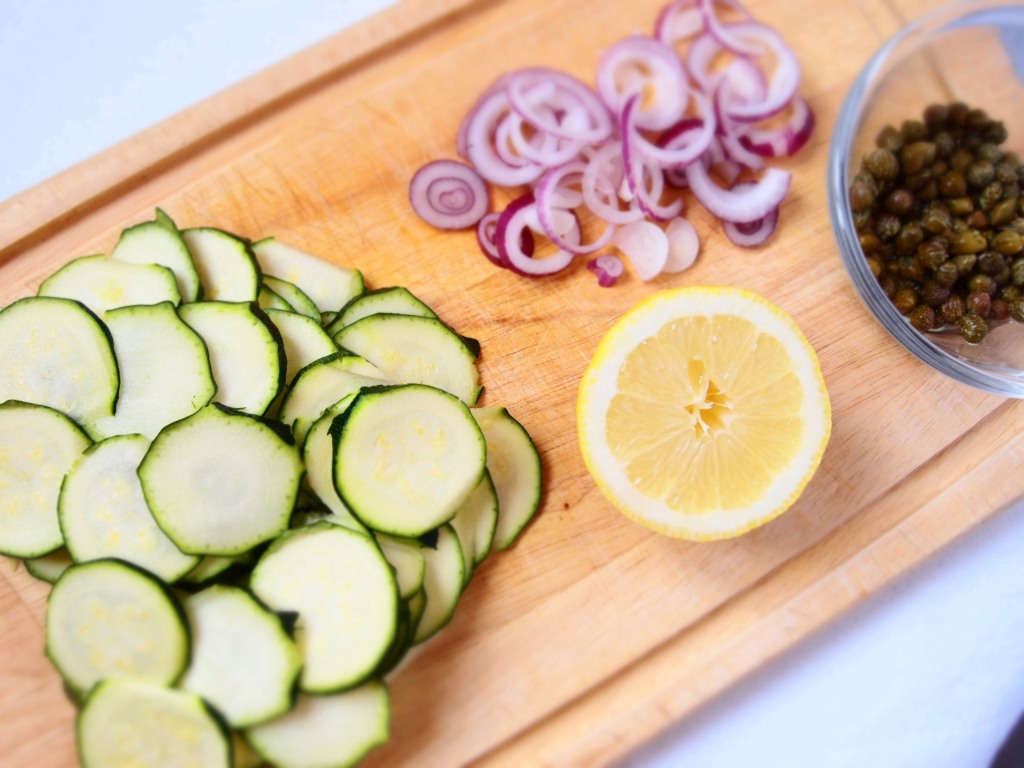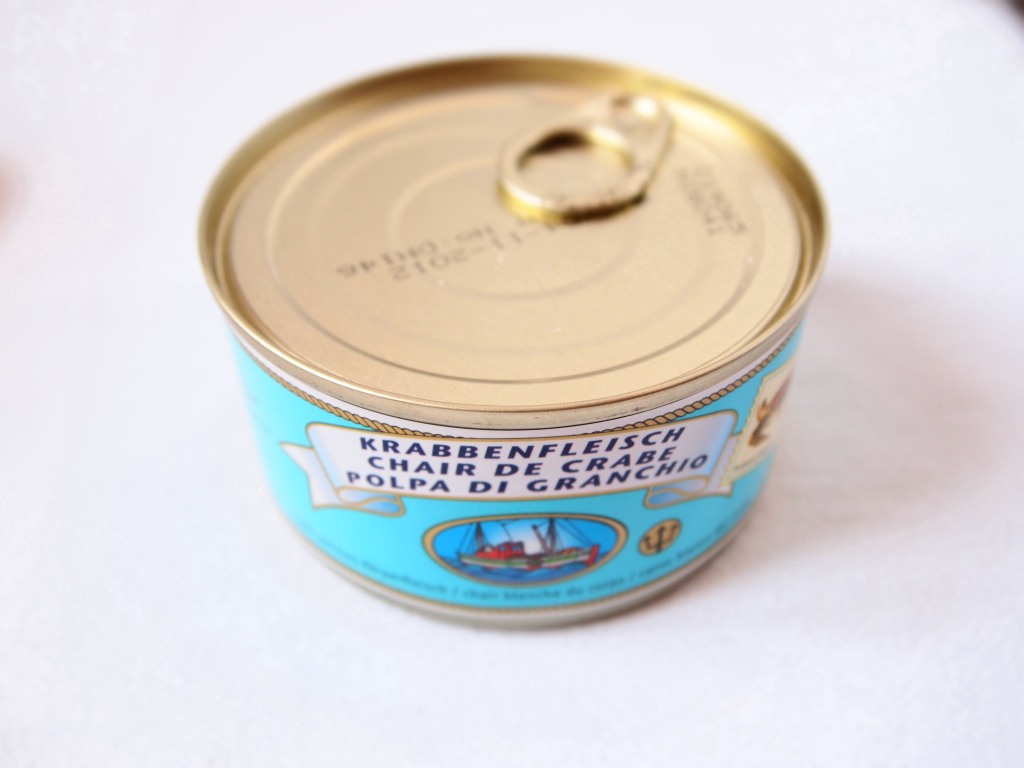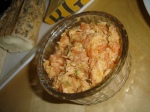Getting hot under the collar.
Seasons are changing. Don’t you love it when nature transforms itself almost overnight? In the Swiss Alps, autumn has arrived and winter is slowly creeping down the mountain. The snow has made its first appearance in the resort and the lifts have opened early. My social network pages are rife with photos of the first ski outing of the season, snowball fights and glittering snow landscapes.
All these changes in climate will have you craving heart-warming stews, mashed potatoes, spicy alcohol fuelled brews, trying to prepare our bodies for the colder days and darker nights. Staying healthy and not surrendering to the stodge of winter is not an easy battle. However, what I have to offer is the warmth you need without the heavy post-meal slump.
This broth is spicy, tangy, clean. The Alaskan salmon brings mellowness to the fire and fullness to your stomach. Not to mention those precious Omega 3 oils – to lubricate that brain of yours!
Spicy Salmon Broth
Adapted from a recipe by Nick Nairn
Ingredients
1 tbsp sunflower oil
2cm of fresh ginger, julienned
2 garlic cloves, sliced
1 large fresh chilli, julienned
1 small bird’s eye chilli, sliced
1 lemongrass stalk, sliced thinly
1 litre of vegetable stock (or fish stock)
2 tbsp fish sauce
1 tbsp tamari sauce (or soy)
Juice of 1 lime
A bunch of spring onions, sliced thinly (or red onion works well too)
Two good handfuls of spinach (optional)
Coriander, chopped roughly
2 Alaskan salmon fillets (MSC), cut into 2cm chunks
Method
Heat the oil in a large saucepan on low and add ginger, garlic, chillies and lemongrass for about 5 minutes.
Add the stock, tamari sauce, fish sauce and lime juice, bring to the boil and then simmer for 10 minutes.
Add the spring onions, cook for 2 minutes. Then slide in the fish, cook for a further two minutes. Throw in the coriander (and spinach if using). Let it wilt. Stir and serve in bowls.
Serves 2 for lunch or 4 as a starter. Sweating yet?


















 Poach the salmon in simmering salted water for 7-8 mins depending on the thickness of the fillet. Once cooked, remove from heat and leave to cool.
Poach the salmon in simmering salted water for 7-8 mins depending on the thickness of the fillet. Once cooked, remove from heat and leave to cool.
 The taste is delicate and deliciously fragrant. I served it with asparagus which was a mistake as it overwhelmed the fish a little so next time I will be trying it with peas.
The taste is delicate and deliciously fragrant. I served it with asparagus which was a mistake as it overwhelmed the fish a little so next time I will be trying it with peas.

